Will the Taliban takeover lead to a new European refugee crisis?
Since 2015, European nations have fortified their borders, meaning large flows of refugees are unlikely, analysts say.
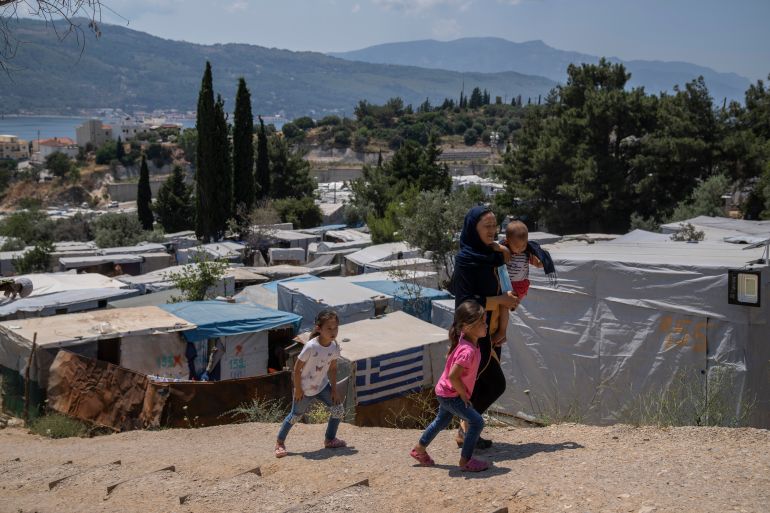
As European countries scramble to react to the Taliban’s rapid takeover of Afghanistan, debates are emerging about whether the continent will experience a major increase in asylum seekers.
Amid scenes of chaos in Kabul airport on Monday, where thousands of Afghan’s desperately attempted to board the few planes leaving the country, EU leaders made promises to secure the safety of Afghan staff who worked with their armies and diplomatic staff.
Keep reading
list of 4 itemsIndia evacuates 170 people from Afghanistan, including ambassador
Afghanistan: Macron’s comments on ‘irregular’ migration draw ire
What does the Taliban’s return to power mean for Afghanistan?
However, many have expressed concern about the possibility that large numbers of Afghan refugees could flee the country and head towards Europe, even though migration experts have said the continent is unlikely to face more than a modest increase in asylum cases.
EU foreign ministers will convene an emergency video conference on Tuesday to discuss the crisis, at which they are expected to discuss the security situation, as well as the possibility of increased migration towards Europe.
Speaking in a televised address on Monday, French President Emmanuel Macron pledged to protect “those who are most at risk”, and explained that he would work with Germany to develop a plan to tackle increased migration from Afghanistan.
“We must anticipate and protect ourselves against major irregular migratory flows that would endanger those who use them and feed trafficking of all kinds, ” he said.
In 2015, more than one million refugees, mainly from Syria, arrived in Europe, sparking a political backlash in many countries that has profoundly shifted governments’ attitudes towards migration.
Greek immigration minister Notis Mitarachi told a local television station on Monday, “It is clear that our country will not be a gateway for a new wave of refugees.”
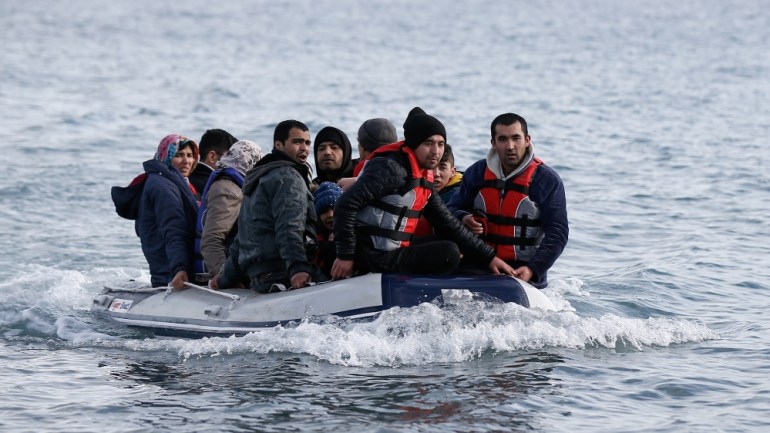
In a closed government meeting, German Chancellor Angela Merkel said her country may have to evacuate up to 10,000 people, including local staff and activists and those at risk from Taliban reprisal.
However, Armin Laschet, Christian Democrat leader and favourite to succeed Merkel after September’s election, said that there should not be a repeat of 2015.
Meanwhile, Austria has suggested that “deportation centres” be established in nearby countries to allow the continued deportation of Afghan refugees, which is presently impossible while the Taliban controls the country.
Amnesty International has called for the international community to act quickly to safeguard those at risk, urging them to expedite visas, provide emergency evacuation, offer resettlement and cease all deportations to Afghanistan.
‘Likely to be a manageable situation’
According to humanitarian organisations, the Taliban’s rapid advance has exacerbated an already disastrous situation in Afghanistan.
The UN estimates that more than 550,000 people have been displaced since the beginning of the year.
About 250,000 of them were uprooted since May, and about 80 percent are women and children.
The UN High Commissioner for Refugees said that between 20,000 and 30,000 are fleeing the country each week.
“It’s the case that the vast majority of people displaced from Afghanistan will be hosted in the region in neighbouring countries,” said Catherine Woolard, director of the European Council on Refugees and Exiles.
“Europe also needs to offer protection to the small proportion who arrive here. It is likely to be a manageable situation and a manageable number of people.”
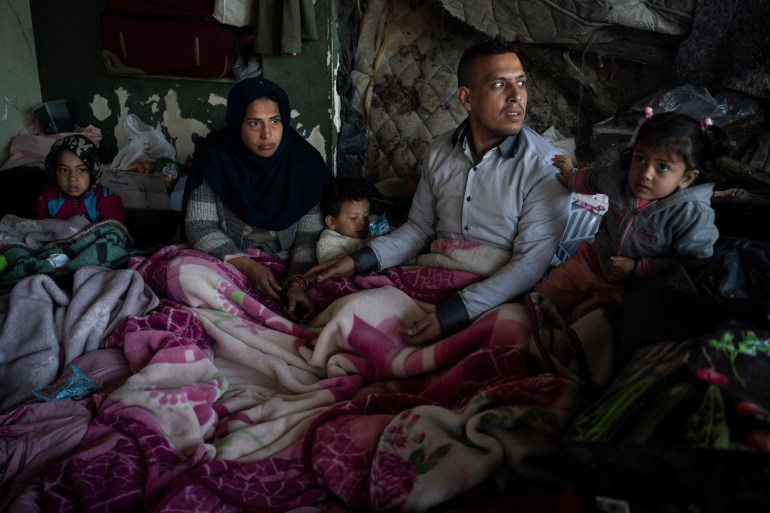
Since 2018, Afghans have lodged the second-highest number of asylum applications in the EU, just below Syrians, and there has been a significant increase this year as violence in Afghanistan intensified.
But the overall number of irregular migrants arriving at external EU borders is a fraction of what it was six years ago – just 43,000 this year to date, compared with 1.04 million in 2015.
Since then European nations have spent vast sums fortifying external borders and agreed in 2016 to pay Turkey six billion euros ($7bn) to prevent refugees and migrants from reaching Europe.
Helena Hahn, a migration analyst at the European Policy Centre, told Al Jazeera that the most recent asylum applications from Afghans are likely from those who left the country some time ago, and there would be a delay before the effects of this week’s events could be seen.
“This policy of containment and deterrence is very strong at the moment,” she said. “It is very hard for people to cross into Iran or to Turkey, there is a lot of resistance already. This will probably impact any kind of movement that we will see.”
The few who manage to reach the Mediterranean may then have to avoid European border guards.
Greek security forces have been accused by numerous human rights groups of regularly conducting illegal pushbacks – a charge that Athens denies.
Approximately half of Afghans who apply for asylum in the EU are approved, said Hahn, but the acceptance rate varies massively between countries, from approximately 1 to 99 percent.
This is likely to converge until the situation in Afghanistan stabilises, she added.
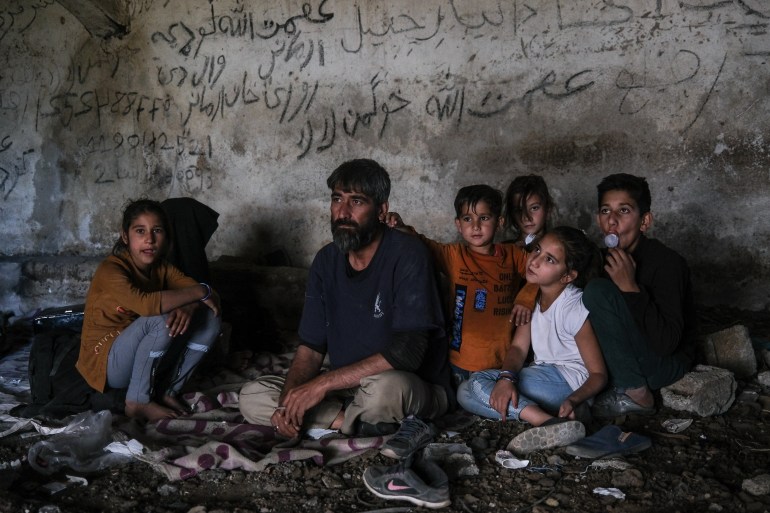
The vast majority of registered Afghan refugees live in the neighbouring countries of Iran and Pakistan, which host approximately 1.4 million and one million respectively, though unofficial numbers are considered to be much higher.
Public support for taking additional refugees is low, and Pakistan has said while it will only allow Afghans access to refugee camps near the border, it will not “take in” more people.
Iran is developing temporary refugee camps on the border, but said that arrivals would be expected to return to Afghanistan when calm prevails.
Turkey, which hosts the world’s largest community of refugees, four million mostly Syrian people, has continued to fortify its border with Iran to prevent irregular crossings.
President Recep Tayyip Erdoğan said on Sunday that he would seek to stabilise the situation in Afghanistan to prevent a wave of migration; at least 27,000 Afghans have crossed into Turkey so far this year.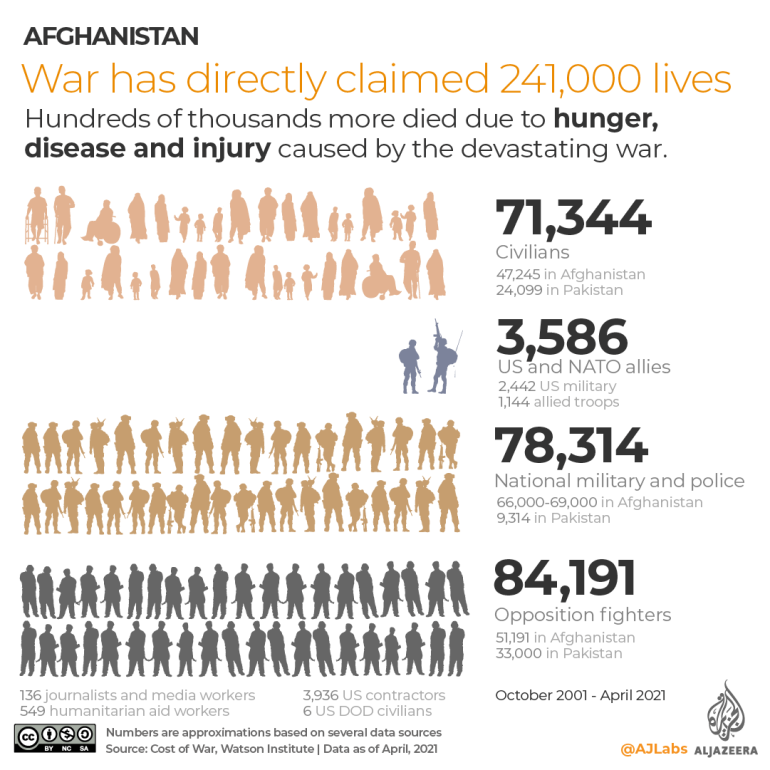
In the weeks before Kabul’s capture, tens of thousands of Afghans fled to the capital in search of refuge and now find themselves trapped without any means of escaping.
The Taliban’s leadership has announced an amnesty for government workers, and has made statements suggesting that they will respect women’s rights.
But many fear a return to the group’s rule of the country between 1996 and 2001.
During that time, girls and women were banned from education and work, with public humiliations and beatings meted out by religious police to those who violated their interpretation of Islamic law.
“Everyone wants to get out,” said London-based Afghan analyst Barin Sultani Haymon.
“The world knows the Taliban and what they’ve done. Regardless of whatever peaceful transition there is, there’s so much fear of the unknown.”
Europe’s role in the Afghanistan war means it has an obligation to protect more than just Afghans who worked directly for them, Haymon said.
“There are so many women who were not involved [with international organisations], but they’re getting targeted.
“They’re judges or lawyers and they’ve been living their lives over these past 20 years thinking that they’re free. They’re abandoned and there’s no way out for them.”